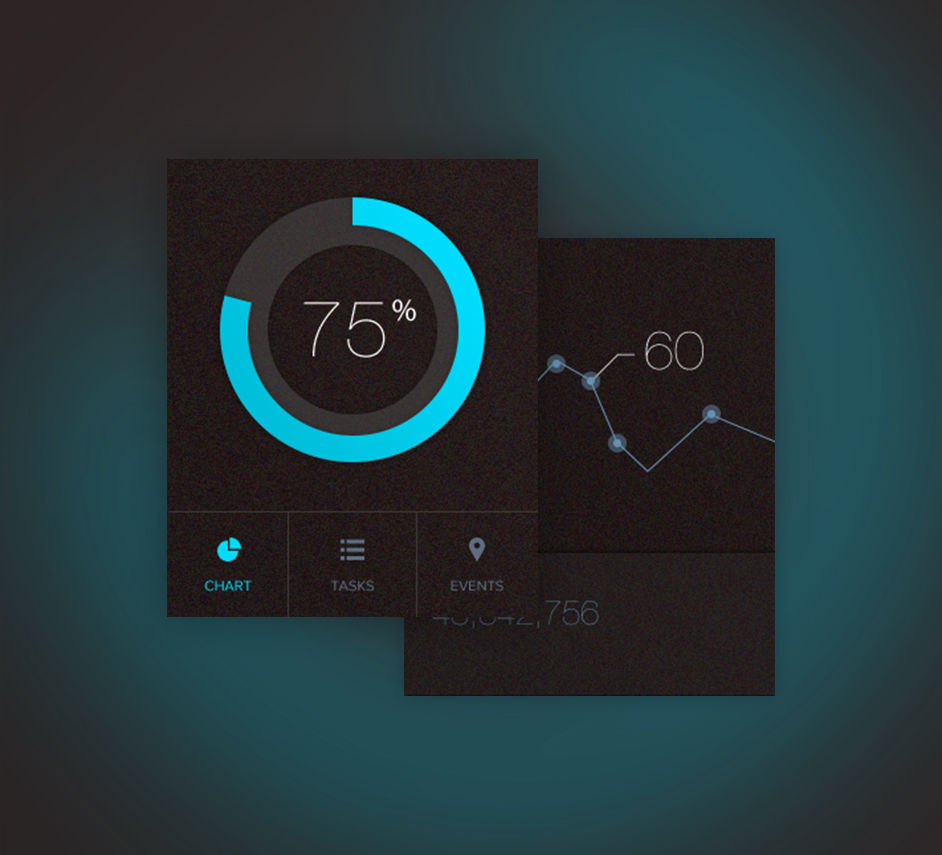Thiagi Four-Door elearning
- Karen Chan
- Oct 25, 2022
- 2 min read

We have made use of the four-door elearning model to great effect in past projects, and its flexibility at being used for many types of subjects and purposes makes it a useful way to present your elearning content. This model, also known as the Thiagi four door model, allows your learner to interact with each of the sections in whichever order they choose, that best suits their needs and way of learning.
The only requirement is that the learner complete the Assessment, so this empowers learners to decide which parts of the course they need to achieve that, and to lead themselves, which drives motivation and engagement. This is especially important for adult learners, as providing them the control to select which activities and content to engage with makes a better learning experience and results in better learner retention.
Here’s how it works.
Four Doors
Each door represents a section of content with a different purpose. The generic names for each of these are the Library, the Playground, the Café, and the Assessment Centre. These names may be modified to fit the tone and branding of the material, but the principles remain the same.
The Library
This section of the elearning contains all the essential content, documents, resources and tools for your course, and where the learner must study the content in preparation for the Evaluation Centre. This is the part of the elearning that is most like other kinds of elearning – it is the part of the course that imparts the most information.
The Playground
This section contains simple games based on the content from the Library that give the learner an opportunity to engage with and reinforce the material. These may consist of matching, sequencing, categorizing activities, or can include games similar to tic tac toe, crosswords, and anagrams.
The Café
This section allows the learner to explore open-ended questions about specific topics, and can include a social learning aspect by connecting to other learners with online message boards, groups, forums, instructor blogs or other ways of socializing and discussing less concrete areas of the content.
The Assessment Centre
This section contains the tests for the material covered in the rest of the sections. While this is likely the last door the learner visits, it should be the first part that is designed, since the learner needs to demonstrate that they have achieved the module objectives, and the 3 other doors must lead up to and support this.
For more on great instructional design or if you need help designing your next elearning, contact us!


































Comments